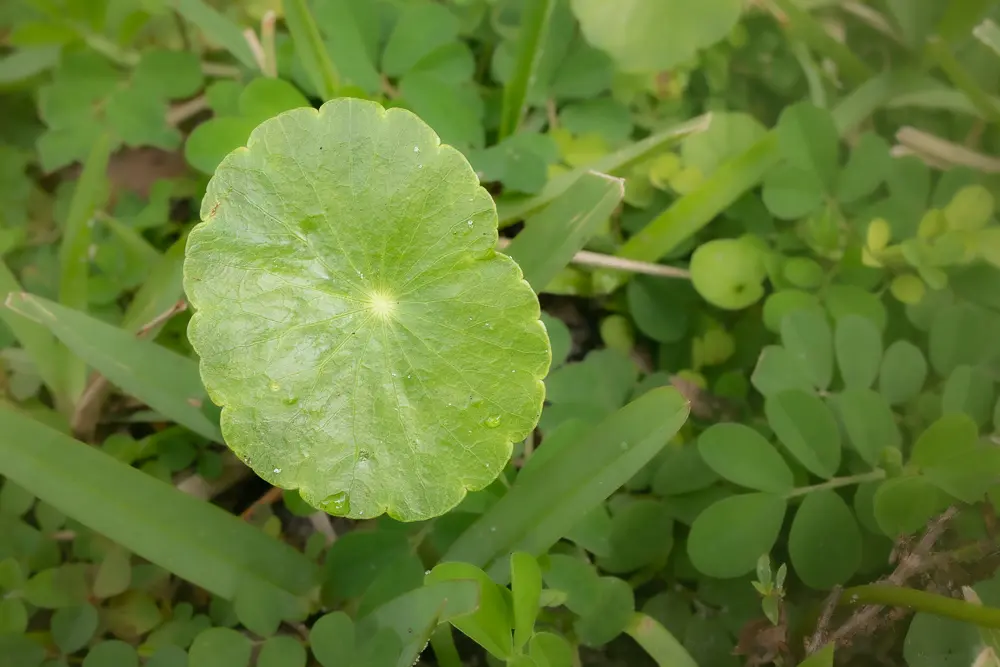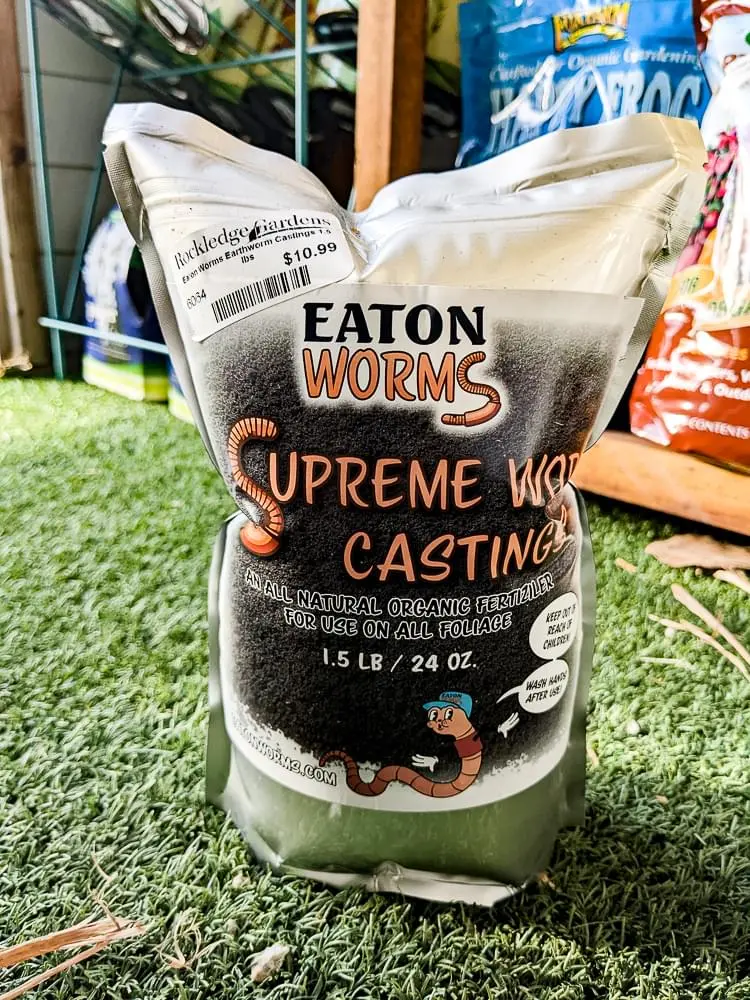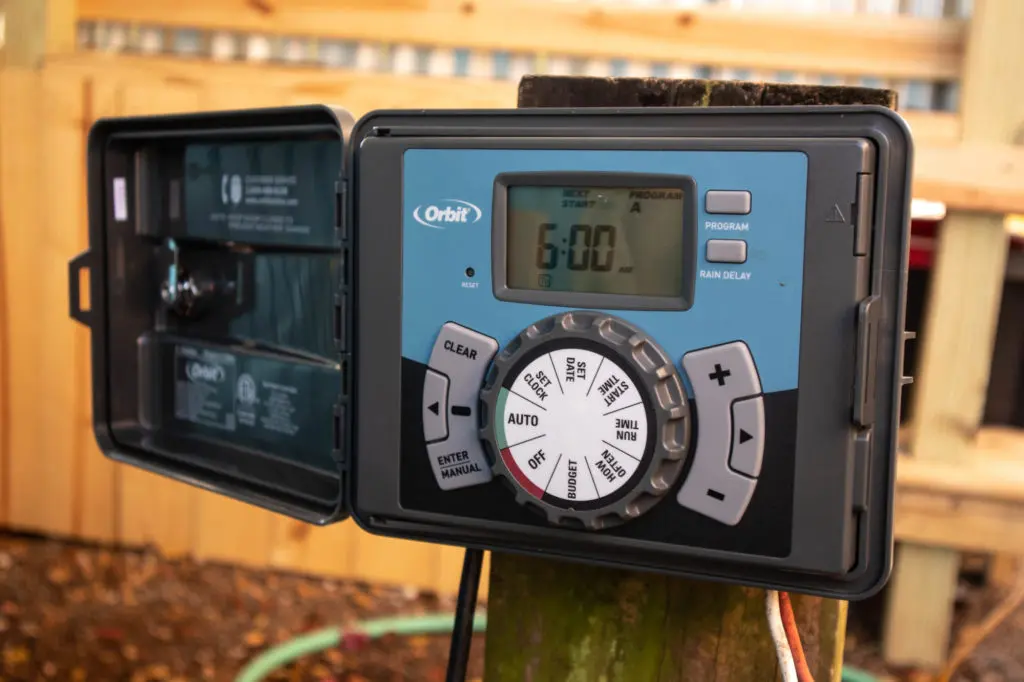It’s hot out there! Spend this month prioritizing the care of your plants and preparing your yard for fall.
Walk the yard
Get outside in the early morning or late evening to beat the heat. Observe your garden. Inspect plants for signs of stress and provide support by weeding, mulching, watering, pruning, assisting with pest control, and creating shade if needed.
Weeds
Weeds thrive during the summer season, but don’t let that overwhelm you. They’re often seen as undesirable, but many varieties are pretty useful to have around.

Benefits of weeds
- Weeds support soil health by shading the soil and retaining moisture.
- They serve as habitats for small wildlife and insects.
- Flowers attract pollinators
- Their roots enhance microbial activity
Embrace your weeds! Keep the good ones and use selective weeding to prevent the unruly ones.
Add amendments + mulch
Summer is a fantastic time to add. This Add a layer of organic-rich matter to your garden beds. Our brutal Florida heat will speed up the decomposition rate, leaving you with a layer of fantastic soil this fall.

Watering practices
It’s always best to water your plants early in the morning so the foliage can dry quickly, reducing the risk of fungal diseases.
Avoid watering in the evening as it can promote prolonged leaf wetness, creating a favorable environment for fungal growth.

If we’re experiencing significant rainfall, turn off your sprinkler system and let nature provide the necessary moisture for your garden.
Harvest, divide, and transplant
Collecting seeds and dividing plants is an excellent, low-cost strategy to fill in your garden beds.
Use this time to collect and save seeds from your existing plants and divide any overcrowded perennials. Then, transplant them in other areas of your garden.

By taking advantage of summer’s heavy rainfall, you can maximize the success of seed germination and plant divisions. Filling your garden beds with new and thriving plants will improve the soil and decrease the space in which weeds can grow.
Spruce up your front yard and pool area with container gardens.
Container plants are easy to maintain and provide an instant splash of color and excitement. Just make sure to keep them partly shaded and water them frequently– sometimes twice a day if it hasn’t rained.

Monitor for pests
Regularly inspect your plants for signs of pests like aphids, mites, or caterpillars. Remember that pests can multiply rapidly, so simply removing them early on by hand will prevent thousands of pests in the future!
If you weren’t able to catch them in time, you can consider using insecticidal soaps, neem oil, or other organic pest control methods to manage infestations.

The best pest control is to fill your landscape with flowers. This will attract ladybugs, lacewings, and predators who will make a quick meal of aphids, mites, and mealy bugs.
Pruning
Avoid extensive pruning during the hottest period of summer as it can expose previously shaded plant parts to direct sunlight, increasing the risk of sunburn and dehydration. However, light pruning for maintenance and shaping is beneficial.

Removing any dead or damaged branches and leaves will reduce the spread of disease or pests, allowing the plant to allocate resources more efficiently.
Pruning also reduces the risk of fungal disease by increasing airflow through the plant. Just be cautious not to overstress the plant and make sure it has ample water and shade to avoid shock.
annuals + perennials to plant now
- coleus
- begonias
- purslane
- vinca
- pentas
- lantana
- blue wonder
- bulbine
- torenia
- cuphea
- salvia
- gaillardia
- caladiums
- New Guinea impatiens
herbs + vegetables to plant now
- basil
- black-eyed peas
- cherry tomatoes
- chives
- dill
- eggplant
- Malabar spinach
- mint
- okra
- oregano
- peppers
- rosemary
- thyme
July spotlight
Consider planting a terrarium or a fairy garden for a fun indoor gardening project and to add a “living art piece” to your home


